Table of Contents
Paparazzi, known for their unyielding pursuit of candid celebrity photographs, is an undeniable part of modern fame. Their presence sparks debates about privacy, ethics, and the nature of celebrity culture itself. For decades, these photographers have captured both the glamour and vulnerability of public figures, shaping how we perceive the rich and famous.
This article explores the story of the paparazzi, starting with their origins, their methods, the most influential paparazzi agencies, and the controversies that surround their work. It’s a world filled with intrigue, artistry, and a fair share of moral dilemmas.
Tracing the History of Paparazzi:
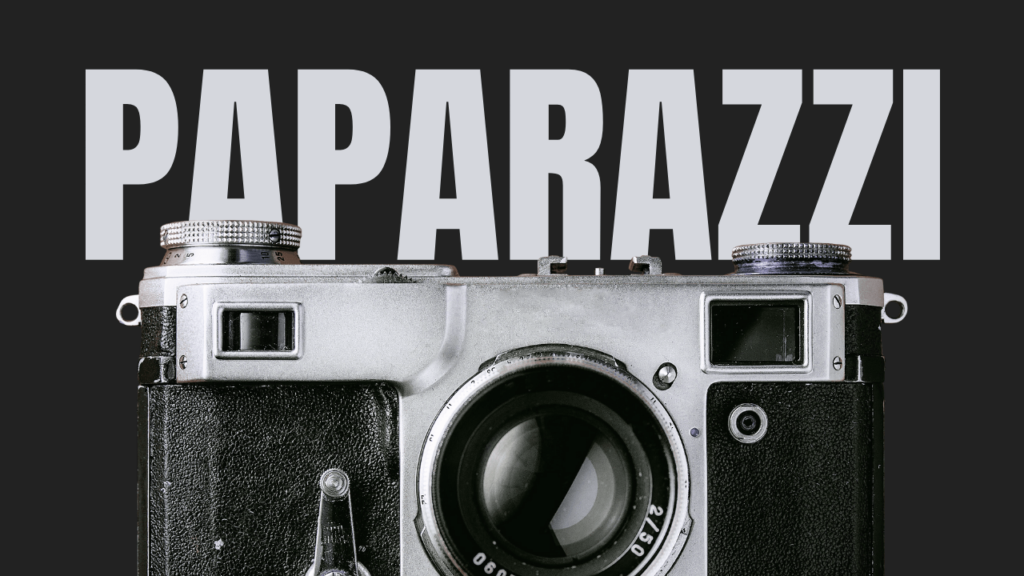
Where It All Begins?
The word “paparazzi” became famous thanks to Federico Fellini’s 1960 film La Dolce Vita. In the movie, a freelance photographer named Paparazzo relentlessly chases celebrities for candid photos, setting the template for this emerging profession. Fellini reportedly chose the name because it sounded like the Italian word for a buzzing insect perfectly symbolizing the pesky persistence of these photographers.
Before the term existed, the fascination with capturing famous people in unguarded moments was already there. During the late 19th century, prominent figures like Queen Victoria and writer Oscar Wilde often found themselves the subjects of impromptu photography.
However, it wasn’t until the mid-20th century, in post-war Europe, that paparazzi culture began to take shape. With its booming economy and glamorous lifestyle, Italy became the epicenter of celebrity life. Photographers like Tazio Secchiaroli made a name for themselves by snapping candid photos of stars such as Anita Ekberg and Sophia Loren. This era marked the birth of paparazzi as a distinct profession.
What Do Paparazzi Do?
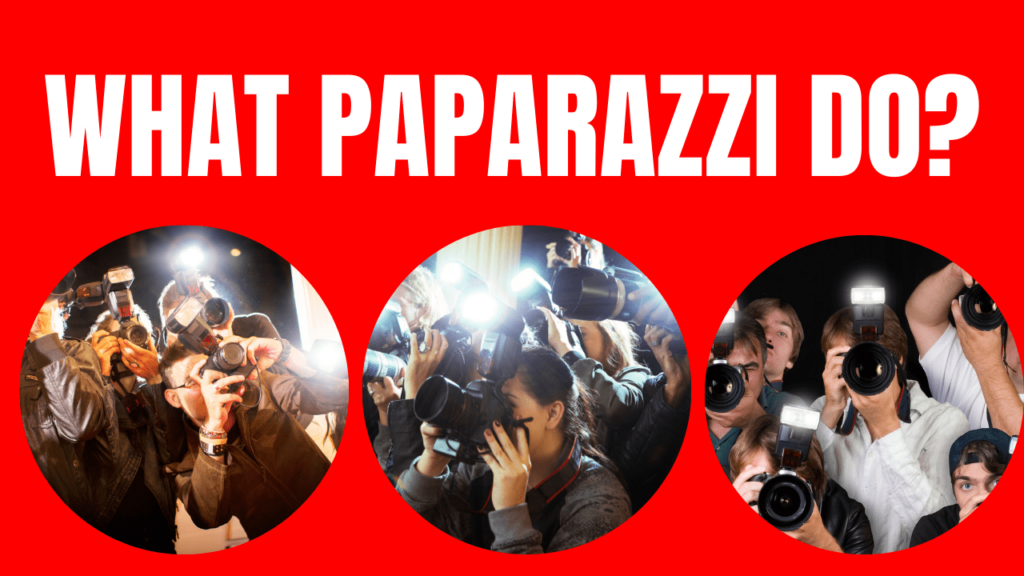
Their Mission:
Paparazzi captures candid, often unscripted photos of celebrities, politicians, and other public figures. Unlike traditional photojournalists who cover organized events or planned photoshoots, paparazzi thrive on spontaneity, seeking out moments that reveal a celebrity’s “real life.”
How do they work?

- Strategic Stakeouts: Paparazzi often station themselves outside popular celebrity spots, such as restaurants, gyms, airports, or even homes.
- Following the Stars: Some photographers follow celebrities in vehicles to snap pictures during daily activities. This tactic, though effective, has drawn widespread criticism for safety reasons.
- Insider Tips: Staff members or people close to celebrities sometimes leak information about their whereabouts to paparazzi in exchange for money.
- Advanced Cameras: With powerful zoom lenses, photographers can take clear shots from long distances, often pushing the boundaries of privacy.
The Role of Social Media:
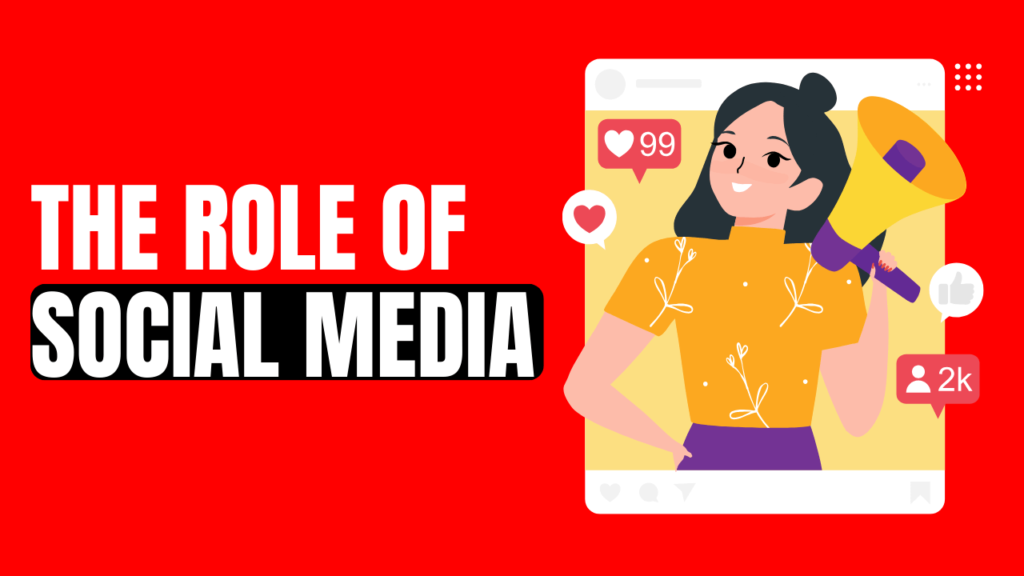
Social media has changed the game for paparazzi. Platforms like Instagram and Twitter allow celebrities to share carefully curated glimpses of their lives, reducing the demand for paparazzi content. However, exclusive, unfiltered photos still hold significant value for media outlets, keeping the profession alive.
Top Paparazzi Agencies:

Over the years, several agencies have built reputations for their ability to deliver high-quality, exclusive images of celebrities. Here are some of the most prominent players in the industry:
1. X17:
Headquartered in Los Angeles, X17 is synonymous with Hollywood paparazzi culture. Known for covering the lives of A-list stars, the agency gained attention during the late 2000s for its controversial photos of Britney Spears.
2. Splash News:
Founded in the 1990s, Splash News has become a household name in entertainment photography. With offices worldwide, it caters to major media outlets looking for exclusive content.
3. Backgrid:
Backgrid has carved a niche for itself by capturing celebrities in everyday situations. The agency often collaborates with stars to create “authentic” yet favorable images.
4. FameFlynet:
Operating in both the United States and Europe, FameFlynet is known for snapping vacation photos and public event images of high-profile personalities.
5. Bauer-Griffin:
This agency works with major publications, including People and Us Weekly. Their global network of photographers ensures a steady flow of fresh content.
How Paparazzi Culture Evolved?
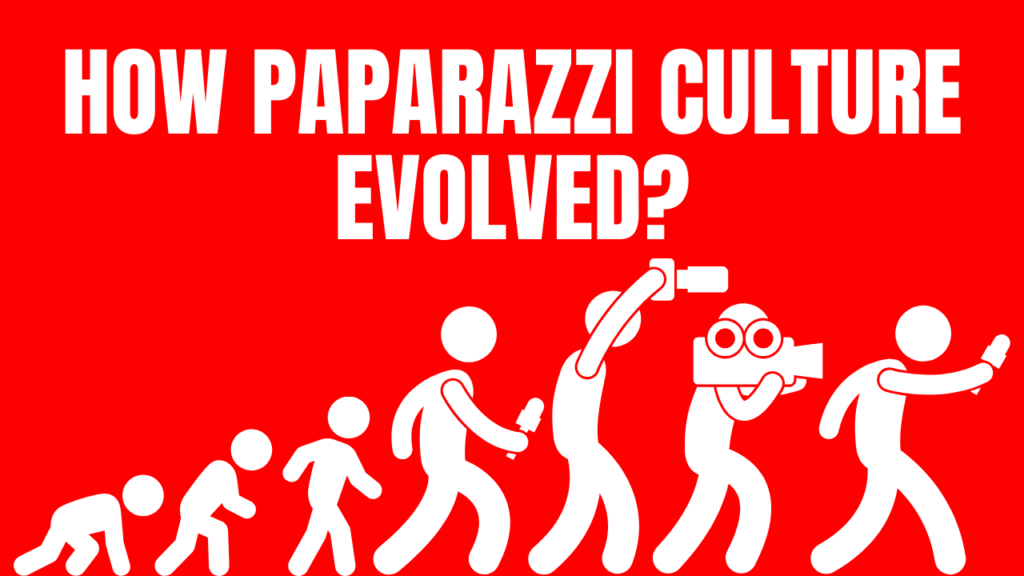
From Tabloids to Digital Screens:
In the past, celebrity photos primarily appeared in print magazines like National Enquirer, OK!, and Hello!. With the rise of digital media, websites like TMZ and Perez Hilton began dominating the market, making celebrity photos instantly accessible.
This shift to online platforms has increased the demand for faster, more exclusive content, encouraging paparazzi to become even more aggressive in their pursuit.
Celebrities and Paparazzi: A Complex Relationship
Interestingly, some celebrities now work with paparazzi to manage their public image. For example, reality TV star Kim Kardashian has been known to “stage” candid photoshoots, ensuring she looks her best while keeping her name in the headlines.
The Dark Side of Paparazzi:
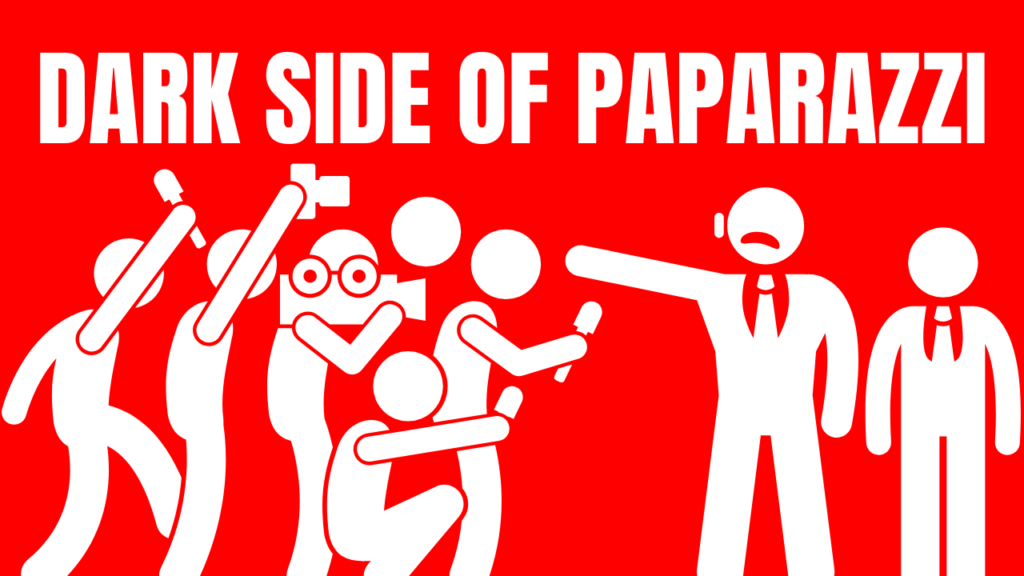
Privacy Invasion:
One of the biggest criticisms of paparazzi is their tendency to invade personal space. Many celebrities have spoken out against the constant intrusion, with some even taking legal action.
The tragic death of Princess Diana in 1997 brought the dangers of paparazzi culture into sharp focus. Diana’s car crashed in a Paris tunnel as photographers on motorbikes chased her vehicle, raising questions about the ethics of such relentless pursuit.
Legal Battles:
In response to public outcry, many countries have introduced laws to curb invasive paparazzi practices. France, for example, has strict privacy laws that make it illegal to photograph individuals in private spaces without their consent. Similarly, California has implemented “anti-paparazzi” laws to protect the children of public figures.
Mental Health Impacts:
For many celebrities, the stress of being constantly photographed can lead to anxiety and depression. Stars like Justin Bieber and Selena Gomez have openly discussed the toll paparazzi attention has taken on their mental health.
The Impact of Paparazzi Culture:
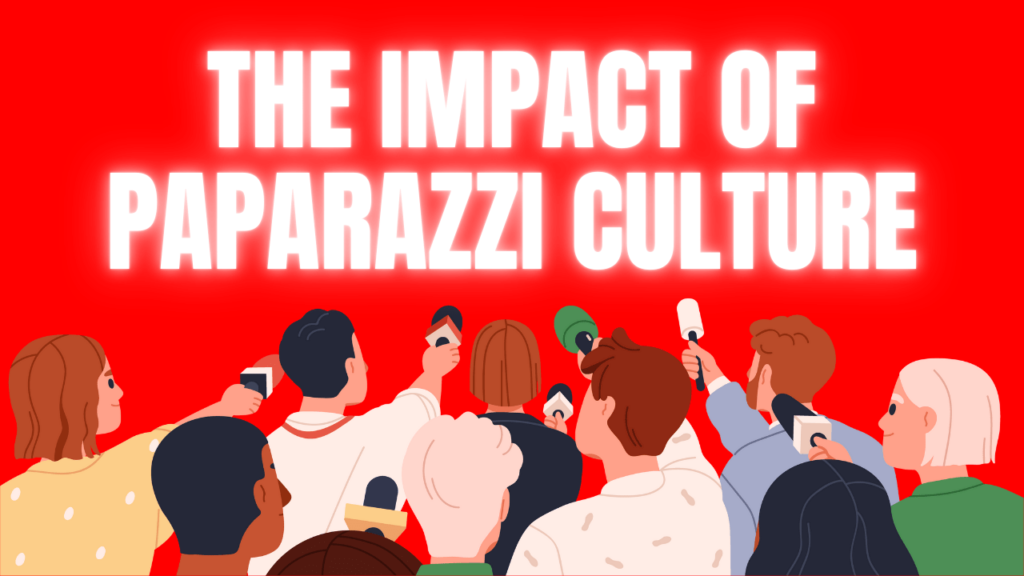
On Celebrities:
While paparazzi can boost a celebrity’s visibility and popularity, the downside is the loss of personal freedom. Even mundane activities like grocery shopping or walking the dog become public spectacles.
On Society:
Paparazzi culture feeds our obsession with celebrity lives, offering a window into their seemingly glamorous world. At the same time, it raises questions about our priorities as a society and the ethical implications of turning people’s private moments into public entertainment.
Interesting Facts About Paparazzi:

- Huge Paychecks: Some paparazzi make a fortune by selling exclusive photos. For instance, pictures of Beyonce and Jay-Z’s twins reportedly fetched millions.
- Historic Firsts: One of the earliest paparazzi-style photos captured King Edward VIII and Wallis Simpson in the 1930s.
- The Most Expensive Photo: The first images of Angelina Jolie and Brad Pitt’s daughter, Shiloh, were sold for a staggering $4.1 million.
The Future of Paparazzi:
As technology advances, so will the methods used by paparazzi. Drones, for instance, are already being used to capture aerial shots of celebrities. At the same time, stricter privacy laws and growing awareness about mental health could limit the more aggressive tactics.
Despite these changes, the allure of candid celebrity photos remains strong. Whether you view them as artists, journalists, or invaders, paparazzi are an enduring part of our culture, constantly evolving to meet the public’s insatiable curiosity.
The story of the paparazzi is both fascinating and controversial, reflecting our collective obsession with fame and its price. Love them or loathe them, paparazzi will likely remain a part of celebrity life for years to come, capturing the moments we love to see and the ones celebrities would rather keep hidden.
FAQ’s:
Are paparazzi legal?
Yes, paparazzi operate under press freedom laws, but they must adhere to local privacy regulations. Violations can result in lawsuits or fines.
How much do paparazzi earn?
Earnings vary widely, with some photographers making six figures annually, especially if they capture highly sought-after images.
Do celebrities ever work with paparazzi?
Yes, some stars collaborate with photographers to control their public image, often staging “candid” moments.
Are there ethical paparazzi?
While the term “ethical paparazzi” may seem contradictory, some photographers focus solely on public events or staged appearances, avoiding invasive tactics.






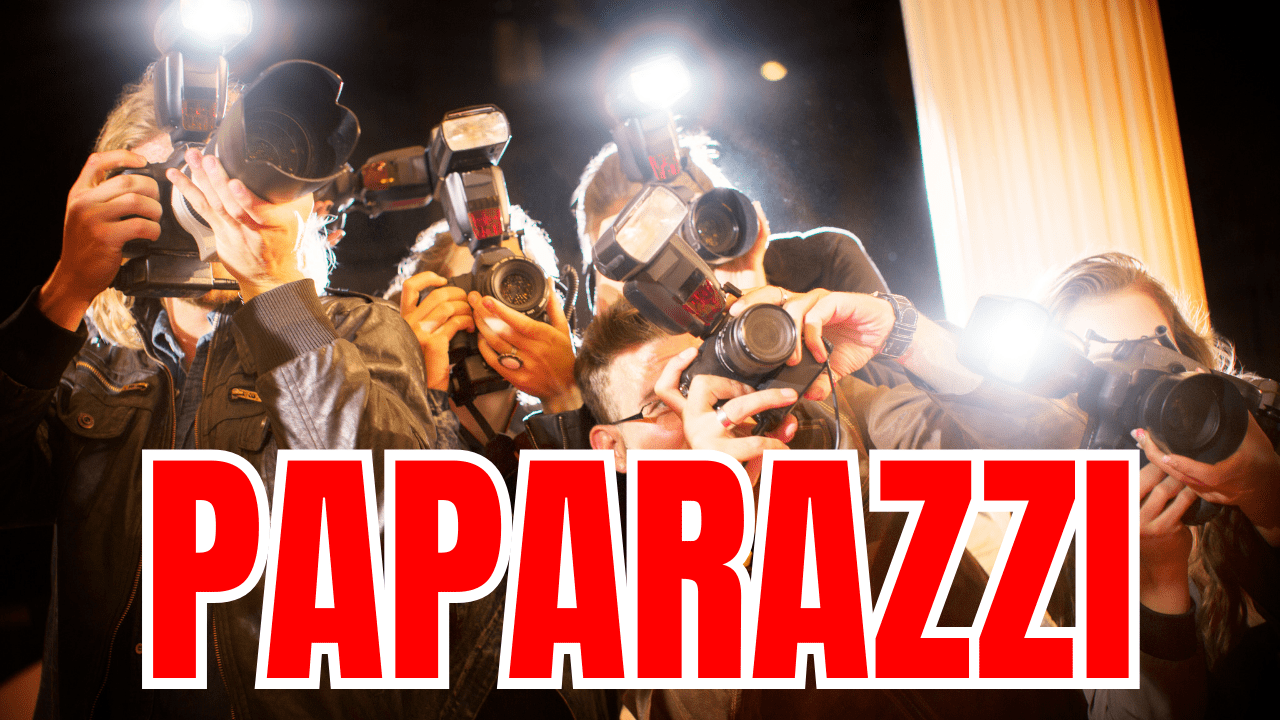




Hello.
Good cheer to all on this beautiful day!!!!!
Good luck 🙂